Hi all,
I have been working in the lab lately quite a bit. Some of it is boring type lab stuff like upgrades and checking logs and things. But my boss suggested I should be thinking about why VMware customers should be using our gear. I have been doing that by spending lots of time on roadmap thinking, but thought it would be good to do an article on this subject with what is possible today. Nice to be able to talk about things and show them off when it is stuff that is available now as compared to talking so much at work on the future!
So in no particular order here are some cool things that our 1.0 provides today.
VAAI support in iSCSI
We all know how important VAAI is - it is not just performance at the array level but it frees up resources in your ESXi host too so it scales better. You can find more detail on why here and you can learn more about VAAI here. Here is a good article from 2010 on why, while there is more functionality now these reasons Duncan shares are still good!
List of VMs
Now this may not seem cool or handy but lets look closer. And yes, there is a bug seen but it will be fixed soon. We see performance for the datastore OK, but we also see the VMs on that datastore, and even see the deleted ones too. So not visible in vCenter but still visible here. You can restore them or destroy them - with destroy meaning really gone. So handy and easy. But also the Protection column is interesting. Here is a better view of that.
What we see here is the DiscoveryPoint Policy for each of the VMs. Here we can see NoPolicy which is my lingo for no configured protection, and we see one called ViewVMNormal. Each VM starts off with the same policy that is provided at the datastore level when you create it. And that works fine for most people but I wanted different protection for my View desktops and certain servers so I did that. You can have VM level protection or datastore level of protection or any combination you like! Now that is cool.
What is a DiscoveryPoint (DP)? It is a combination of a things. It does snapshots but not like traditional tools meaning they are not done on the primary IO path. A DP also does a lot of our Intelligence work that means you can easily find PII like credit cards or social security numbers. It also does our indexing so that you can find whatever you want! Why I mention this here is that a DP works with VMware such that a VM that does a VMware Snapshot (during a DP) will see it done very fast thanks to our DP helping with it. So if you do VMware Snapshots on other storage and they take X amount of time, they will in fact be quicker on our storage and take Y amount of time.
VM Landing Page
In the list of VMs above if you clicked on one of the virtual machines you would see the following.
You see a bunch of things for the VM. The most active users, the VM level performance, and a lot more. So a very handy view of the VM. I really like the VM Details being here, but I like the options under the Views button.
You can see all of the Activities, or Deleted Files from here. Very handy. And yes, while I think this is cool and showing this to you at the VM level, you can also do it at the Mount Point level too!!
DiscoveryPoint Policy
We saw a little of DiscoveryPoint Policies above, but here is the list of them for the array.
We can add more or delete them or change them. If we look at one we would see something like this.
Look at the level of functionality here. And remember this applies to VMs but also mount points that can be iSCSI, NFS, or CIFS. Is this not cool?
Want more?
Search
Something that has nothing to do with VMware, but is still damn cool for VMware customers is our search. It works across VMs and mount points and not only lets you find things but restore and preview them too. Check this out for more on search.
Backups?
Or maybe I should say restores since that is what is key. We do that really well and you can see more about it here.
Protecting yourself
What we talk about most works for VMware customers too. We track Personally Identifiable Information (PII) and you can learn about that - from Enron here, or here too.
Conclusion?
Heck yes, DataGravity gear is great for VMware customers! Look what you get, and with only using storage like you normally do. No crawling, bots, or other extra work.
You know what is best? This is all in version 1. Wait to you see what we have in the future!
Thanks for reading, and let me know if you have questions or comments!
Michael
=== END ===

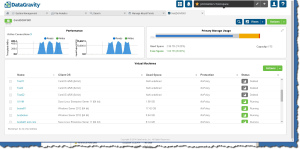
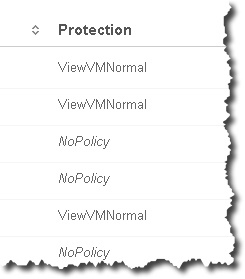
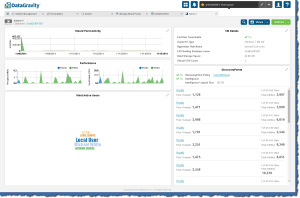
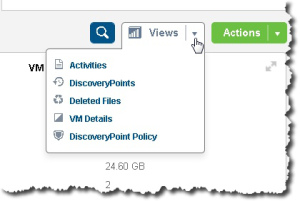
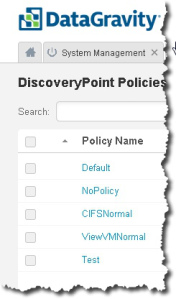
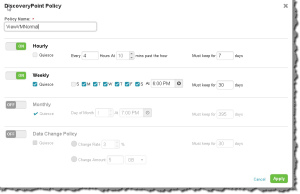
Leave a Reply